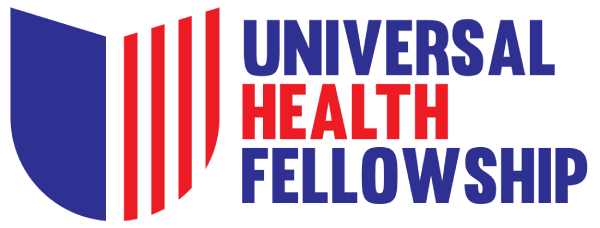The Benefits of Functional Fitness
 Functional fitness, also called functional training or functional movement, is a type of strength-building exercise designed to make daily activities easier. For example, some of these movements can help with getting in and out of a car, placing a bag of dog food in your cart at the grocery store, walking up a flight of stairs, and picking yourself up after falling.
Functional fitness, also called functional training or functional movement, is a type of strength-building exercise designed to make daily activities easier. For example, some of these movements can help with getting in and out of a car, placing a bag of dog food in your cart at the grocery store, walking up a flight of stairs, and picking yourself up after falling.
By incorporating functional training into your exercise routine, you’re strengthening muscles for everyday activities, lowering the chance of injury, and improving your quality of life!
What movements are included in functional fitness?
Squats
Squats are used in everyday life when walking, climbing stairs, bending, or moving something heavy. They’re a great exercise that employ several muscles in your upper and lower body simultaneously.
Most people spend their days alternating between sitting and standing — at their desks, on public transportation, during a lunch break, and on their sofas. As strange as it sounds, squats will increase your efficiency in these common positions, when done as part of a regular workout routine. Increasing your efficiency when sitting and standing means less lower-back and hip pain in addition to less stiff joints and muscles.
Glute Bridge
A glute bridge strengthens your glutes, hip, and spine muscles in one movement. Stronger spine muscles, glutes, and hips will keep your posture upright when sitting or standing, which leads to less neck, shoulder, and back pain. Glute bridges will also activate your core stabilizer muscles, making all movements and balance easier.
Push-Ups
Push-ups are a great way of activating a ton of different muscles groups, including your core stabilizer muscles. Push-ups improve posture and the muscles activated are the same used to push someone on a swing or open a heavy door. Not to mention, stronger arms, shoulders, and chest will make lifting above your head easier, such as when placing or reaching for something on a shelf.
 Deadlift
Deadlift
The deadlift works our pulling muscles and is extremely useful because it replicates the activity of picking things up and setting them down correctly. If you’ve heard “lift with your legs,” this is precisely what the deadlift will teach you to do. Learning proper lift technique reduces the risk of back, leg, and arm pain.
Pull-Ups
Pull-ups are great because they work numerous muscular groups in the upper body simultaneously. Even beginner pull-ups will work your chest, shoulders, arms, core, and back, making most daily activities easier. Plus, your grip strength will improve, meaning jars will be easier to open, luggage and laundry will be easier to carry, and vacuuming will be easier.
Lunges
Lunges primarily work the glutes, quads, and hamstrings, but also strengthen your back and core muscles. Because a lunge works one side of your body at a time, balance and coordination will improve. In addition to improved balance, lunges can improve posture, core stability, and hip flexibility.
These are just a few examples of functional exercises. To see more examples of functional training and find beginner versions of functional movements, read this article by the National Academy of Sports Medicine.
Is functional fitness ideal for everyone?
The short answer is yes, although you should always consult your doctor before beginning any new exercise regimen, especially if you’re over 40, haven’t exercised in a long time, have health issues, or are pregnant.
Functional training is advantageous to everyone as it increases mobility, flexibility, and range of motion. Some of these movements can even be adapted to do when seated if you have trouble with balance or standing. Furthermore, functional fitness is great for those looking to increase endurance, complement their athletic training, better their posture, lose weight, and build muscle.
 How do I get started?
How do I get started?
If you aren’t used to doing these movements, they’ll probably feel tough at first. Luckily, there are many adaptations trainers recommend when just getting started. For example, start with bodyweight exercises. If you can’t squat your own bodyweight, adding a barbell or weight can lead to an increased risk of injury. If there’s a particular exercise you’re struggling with, a simple internet search of “squats for beginners” or “push-ups for beginners” will help you find a modification that works for you.
For more information on functional fitness, read this Healthline article.




